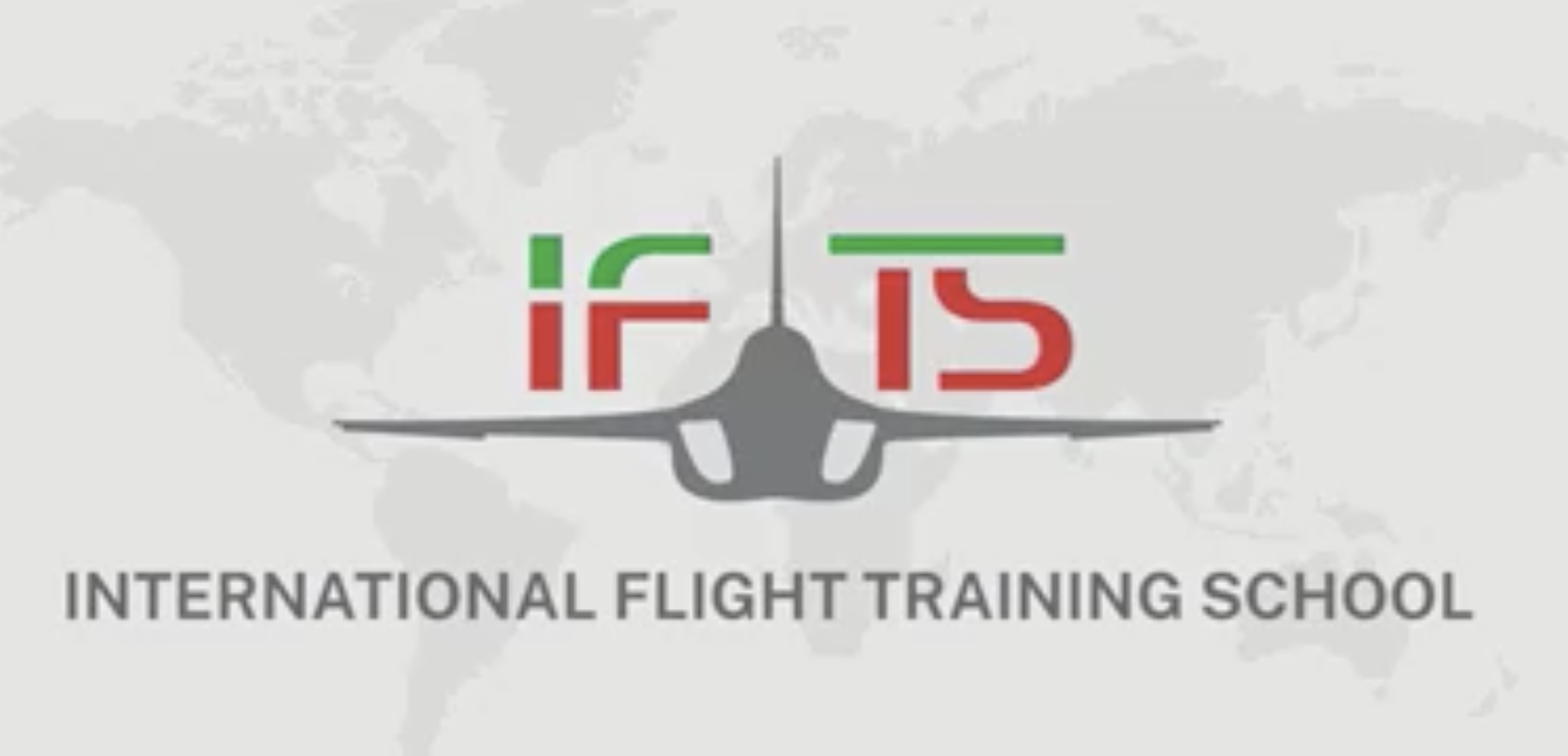The Italian International Flight Training School: A Key Partnership Role for CAE
I have just published a new book exploring the Italian Air Force’s journey in shaping advanced airpower. Their path has been intertwined with their pivotal role in the F-35 global enterprise, encompassing acquisition, construction, and support of the aircraft, upgrading their Eurofighters, and evolving their operational concepts.
Recently, they have established an innovative flight training program on the Island of Sardinia. In my November 2024 interview in Rome with Brigadier General Edi Turco, Chief of Staff of the Air Education Training Command / 3rd Air Region and Head of the International Flight Training School (IFTS) Program Office, we discussed the new training facility.
The IFTS was created through a collaboration between the Italian Air Force (ITAF) and the private sector. The ITAF is responsible for the training syllabus and standards, crucial elements given the dynamic global combat situation. Leonardo and CAE provide private sector support by managing the equipment and services for the IFTS. Together, they support Live Flying Operations, the Ground-based Training System, and the Live Virtual Constructive environment integral to this state-of-the-art training regime.
According to Brigadier General Turco, the school is student centric. Ground-based simulators are available 24/7, which is particularly beneficial for international students whose families live in different time zones. This availability allows students to stay in touch with their families through late night or early morning calls, and then proceed to the simulators to build their muscle memory,
More than 13 allied air forces from around the world are already engaged in the IFTS program, with more expected to join.
To further understand the nature of this training facility and the partnership established to operate and develop the program, I spoke with Marc-Olivier Sabourin, Division President of Defense & Security, International at CAE.
CAE is pioneering cutting edge training approaches and as Sabourin explained: “The Italian Air Force and Leonardo were contemplating building an advanced training center, and CAE became a partner in the effort. They are great partners – very creative in achieving their objectives and consistently thinking outside the box. CAE proposed a private-public partnership (PPP) focusing on the ability of the Italian flight training school to serve third-party demand. This third-party involvement could fund the additional investments needed for the school through the PPP. Today, this concept is called the International Flight Training School.”
“Every nation’s fighter pilot candidate pays a fee for training at the school. As a key contributor to the IFTS, we leverage CAE’s global expertise to play a pivotal role alongside the ITAF and Leonardo. Together, we deliver state-of-the art training solutions that empower nations to efficiently train their fighter pilot candidates.
“Leonardo’s Aircraft Division is the M-346 Original Equipment Manufacturer. We have established a joint venture between Leonardo and CAE, called Leonardo CAE Advanced Jet Training (LCAJT). The LCAJT team, with direct support from Leonardo’s Aircraft Division, operates the entire school. Together, we maintain the aircraft, provide the ground-based training system, the simulation environment, ensure they are operational, and manage the school’s buildings and overall operational readiness. Leonardo essentially built the entire campus, including dormitories, gyms, pool areas, training classrooms, and hangars for the aircraft on the ITAF Air Base Decimomannu.”
Sabourin discussed how training aircraft are managed quite differently from operational aircraft maintained for missions. He underscored that the LCAJT team focuses on the availability of the aircraft for scheduled training missions. Akin to a racing pit stop. “When the aircraft lands, we have a ground crew team doing everything necessary to prepare for the next training mission. The concept is to maximize the aircraft usage, and if there’s a problem, the crew works overnight to ensure the aircraft is ready for the next morning. It’s a commercial operation mindset.”
Another key differentiator of IFTS is mission planning with the Live Virtual Constructive (LVC) approach. Together, the aircraft and ground simulators create a synergistic training environment for the students when required to support the training mission.
Brigadier General Turco highlighted that the M-346 is a highly effective training aircraft, linked with LCAJT’s ground-based simulators to create a dynamic and effective LVC environment.
Sabourin explained the synergy: “The Live Virtual Constructive training for the IFTS M-346 aircraft seamlessly blends real-world operations with advanced simulations, creating a dynamic and immersive training environment. Student pilots engage in live flights, interact with virtual simulations, and face constructive scenarios generated by sophisticated computer models. This synergy allows for realistic mission planning and execution, enhancing their tactical skills and decision-making abilities without constraints and risks of traditional training methods. By integrating live, virtual, and constructive elements, IFTS ensures that fighter pilot candidates are exceptionally well-prepared for the complexities of modern aerial combat.”
Implementing collaborative LVC training, like that of the IFTS, is essential to ensure operational readiness when introducing new technologies into the air combat space. It allows air forces around the world to be operationally ready more quickly than traditional training methods allow.
New technologies, especially those emerging from the payload revolution, can significantly enhance a defense force’s capabilities when integrated into a simulated training environment.
But technology is only as useful as the training behind it. For example, radar, available to the American military at Pearl Harbor, wasn’t effective because the personnel weren’t trained to use it properly.
With the new LVC technology, mission readiness for new technologies can be accelerated if an effective training approach is put in place.
The Italian Air Force, in collaboration with Leonardo and CAE, is successfully implementing this approach.

